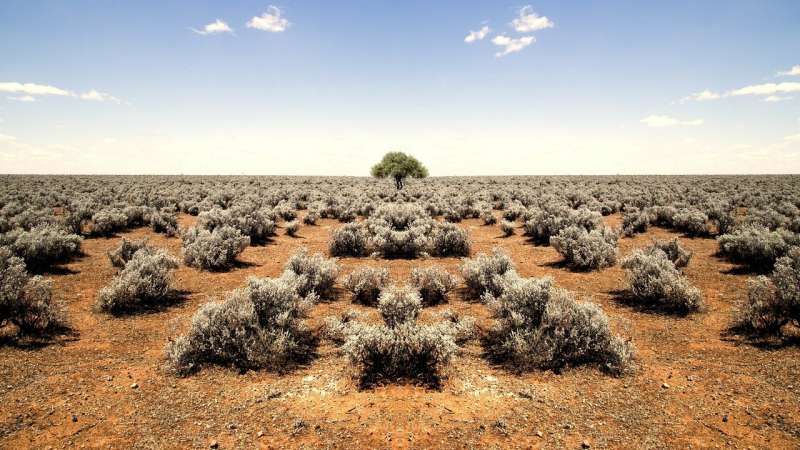Study reveals that diet restricted size of hunter-gatherer societies

Short growing seasons limited the possible size of hunter-gatherer societies by forcing people to rely on meat, according to a recent study by a team of international reseachers including McGill University professor Eric Galbraith.
After looking at population size for the roughly 300 hunter-gatherer societies that existed until quite recently, the researchers found that many of these groups were much smaller than might have been expected from the local ecosystem productivity. In regions with short growing seasons, hunter-gatherer groups had smaller populations per square kilometer than groups who depended on abundant plant foods throughout the year.
Need for meat limited population size
“Basically, if people had to live through long dry or cold seasons when plant food was scarce, in order to survive they had to depend on hunting a very limited number of animals,” explains Galbraith, a professor in McGill’s Department of Earth and Planetary Sciences and at the ICTA-UAB (Institut de Ciència i Tecnologia Ambientals of the Autonomous University of Barcelona), and a senior author on the paper published recently in the journal Nature Ecology & Evolution.
“This led to a seasonal bottleneck in the amount of food available, which then set the overall limit on the population size, no matter how much food there was during the plentiful times.”
The team developed a mathematical model that simulated daily human foraging activities (gathering and hunting) and the resultant carbon (energy) flows between vegetation, animals, and hunter-gatherers in a realistic global environment.
“We were struck by the fact that—despite a long list of unknowns—a very strong result emerged from the model equations,” says Galbraith. “Wherever growing seasons were short, hunter gatherers required meat to make up a high percentage of their diets. And—just as in the modern world—it took much more land to produce the same amount of meat as plant-based food.”
The researchers then went back to look at the detailed ethnographic observations and found that although its significance had not been noticed, this finding was well supported by records of hunter-gatherers including the Ache in the tropical forest, the Hiwi in the savannah, and the Bushmen groups in the Kalahari Desert. Due to similarities between the lifestyles of contemporary hunter gatherers and those of our foraging ancestors, it is likely that strong seasonality limited population sizes throughout our species’ past.
Meat-heavy diets restricted hunter-gatherer population sizes
Dan Zhu et al, Global hunter-gatherer population densities constrained by influence of seasonality on diet composition, Nature Ecology & Evolution (2021). DOI: 10.1038/s41559-021-01548-3
Citation:
Study reveals that diet restricted size of hunter-gatherer societies (2021, November 8)
retrieved 8 November 2021
from https://phys.org/news/2021-11-reveals-diet-restricted-size-hunter-gatherer.html
This document is subject to copyright. Apart from any fair dealing for the purpose of private study or research, no
part may be reproduced without the written permission. The content is provided for information purposes only.
For all the latest Science News Click Here
For the latest news and updates, follow us on Google News.

